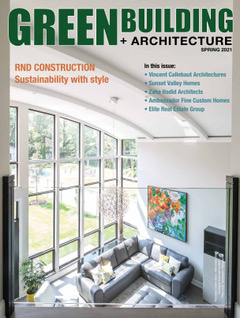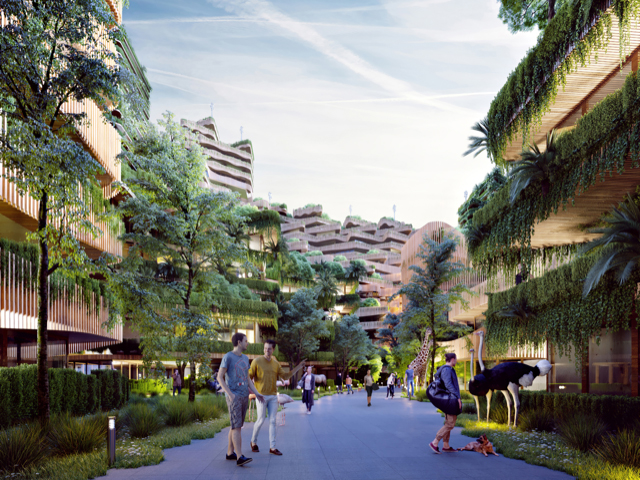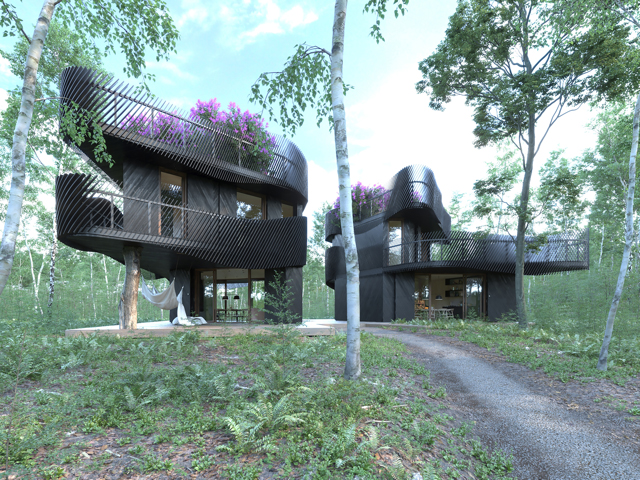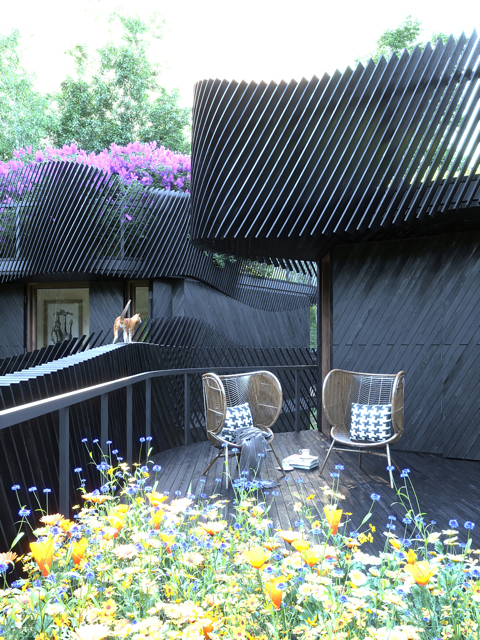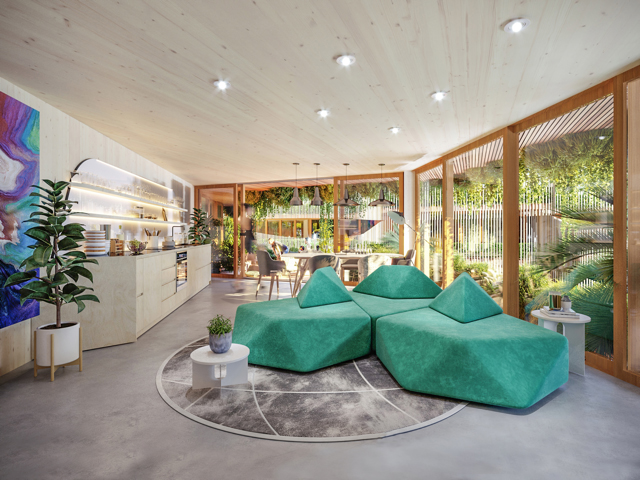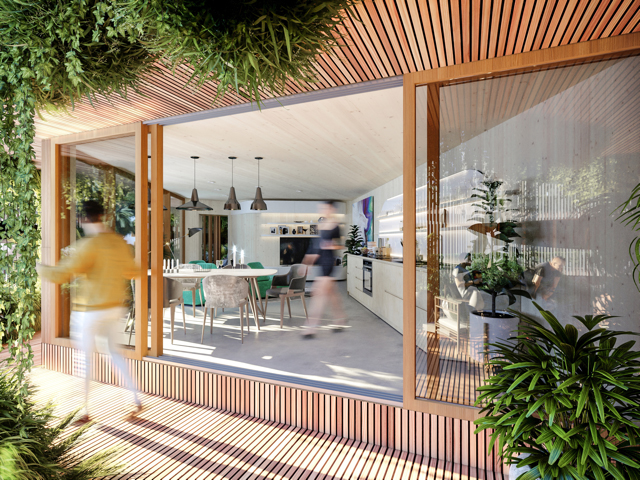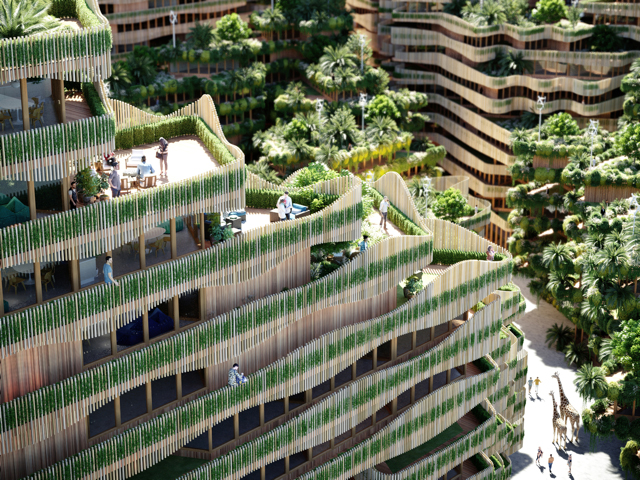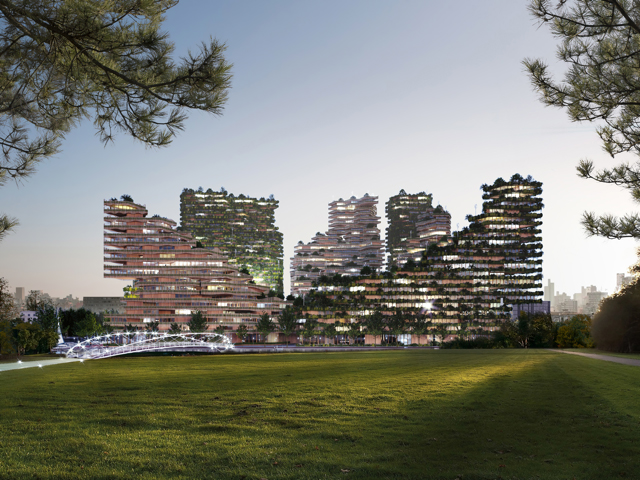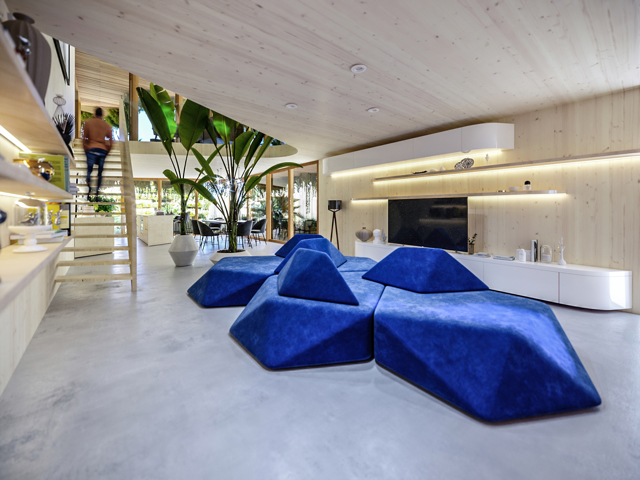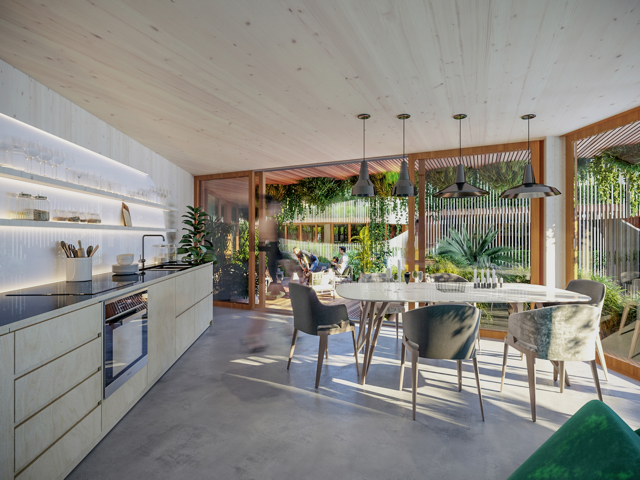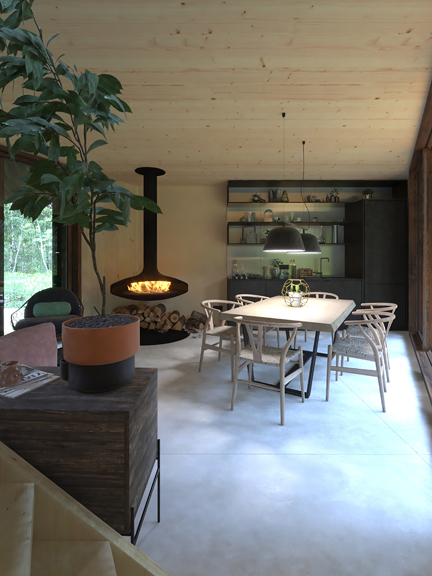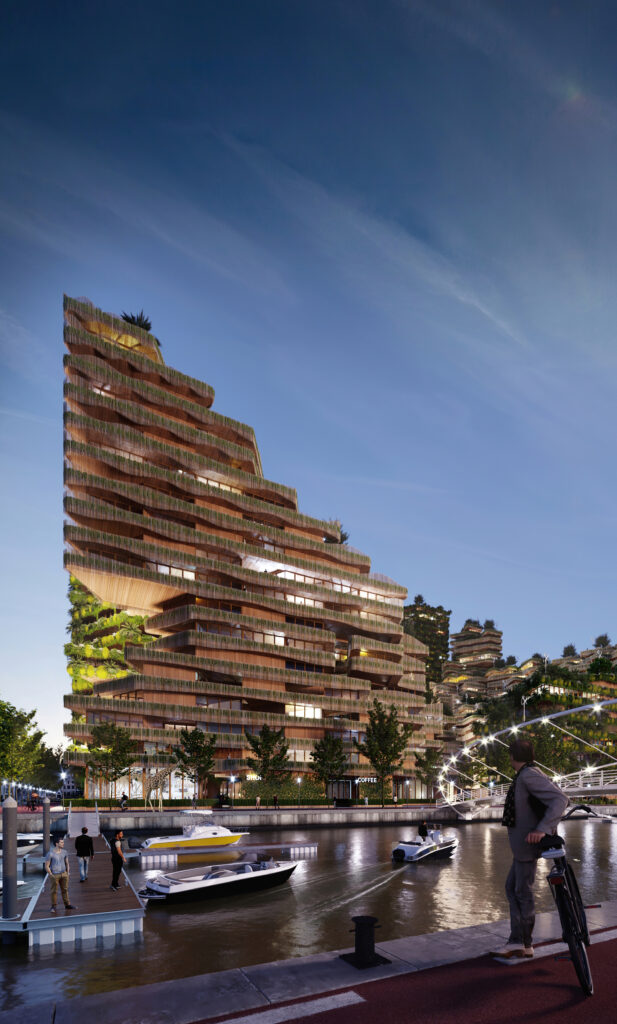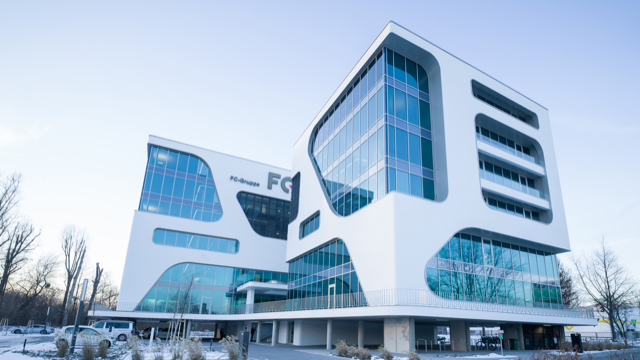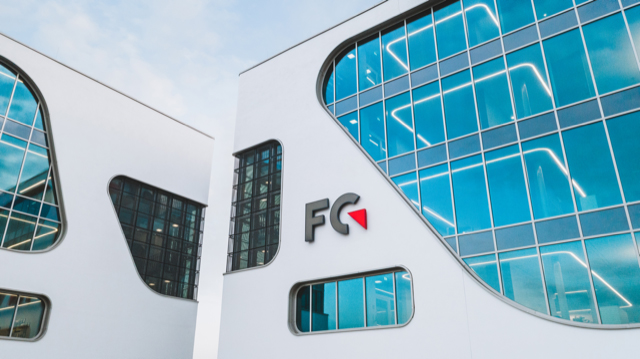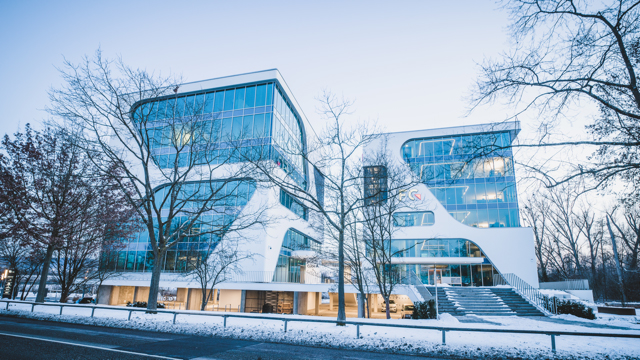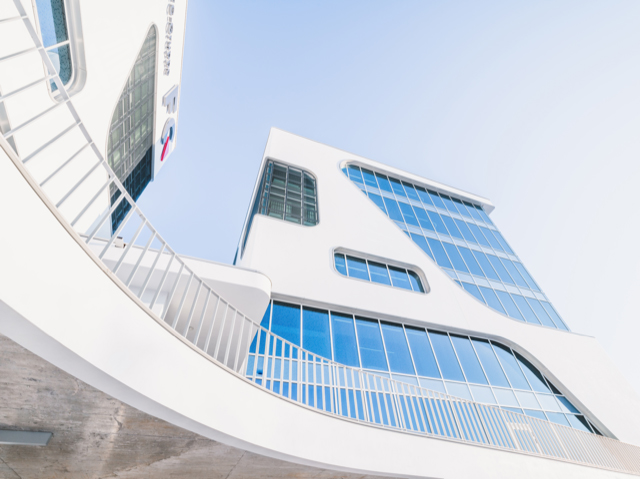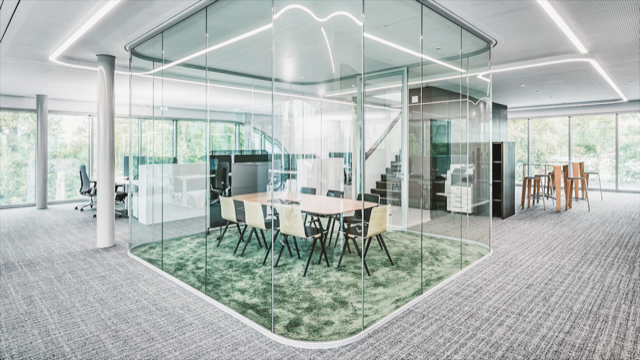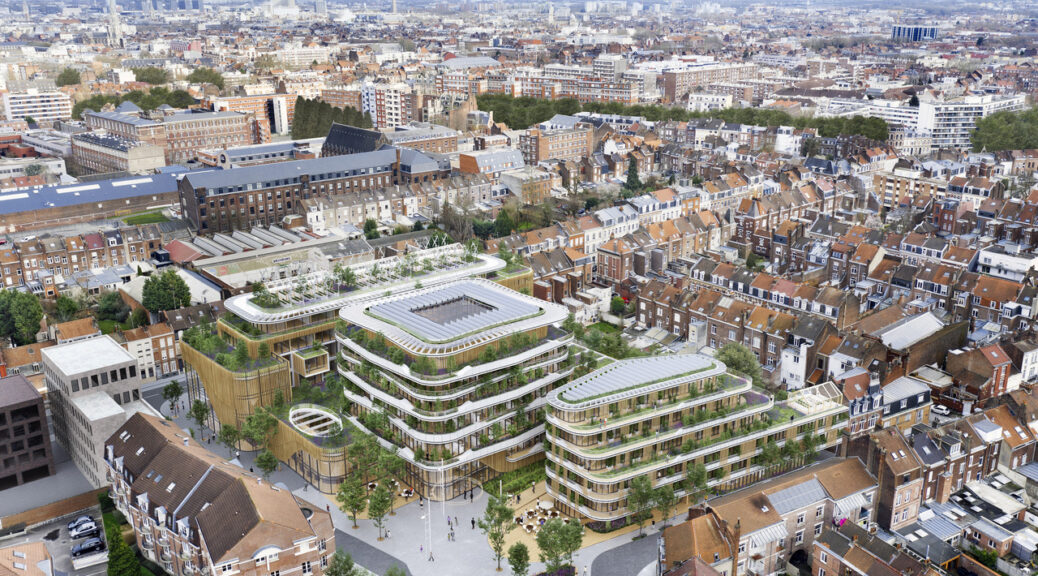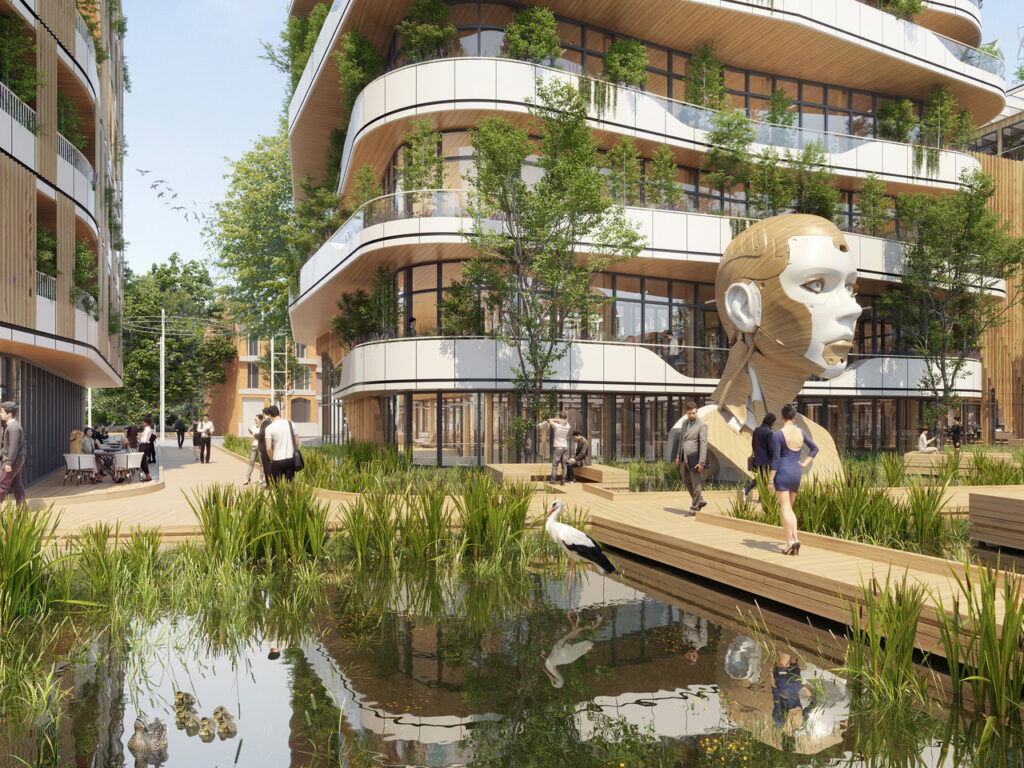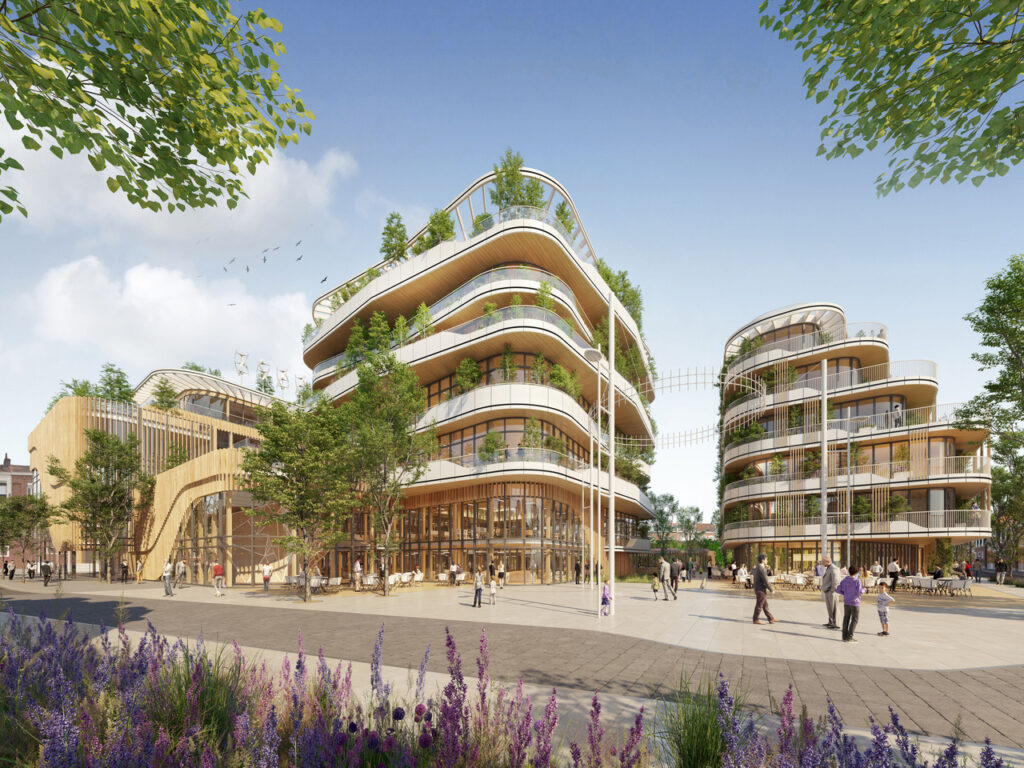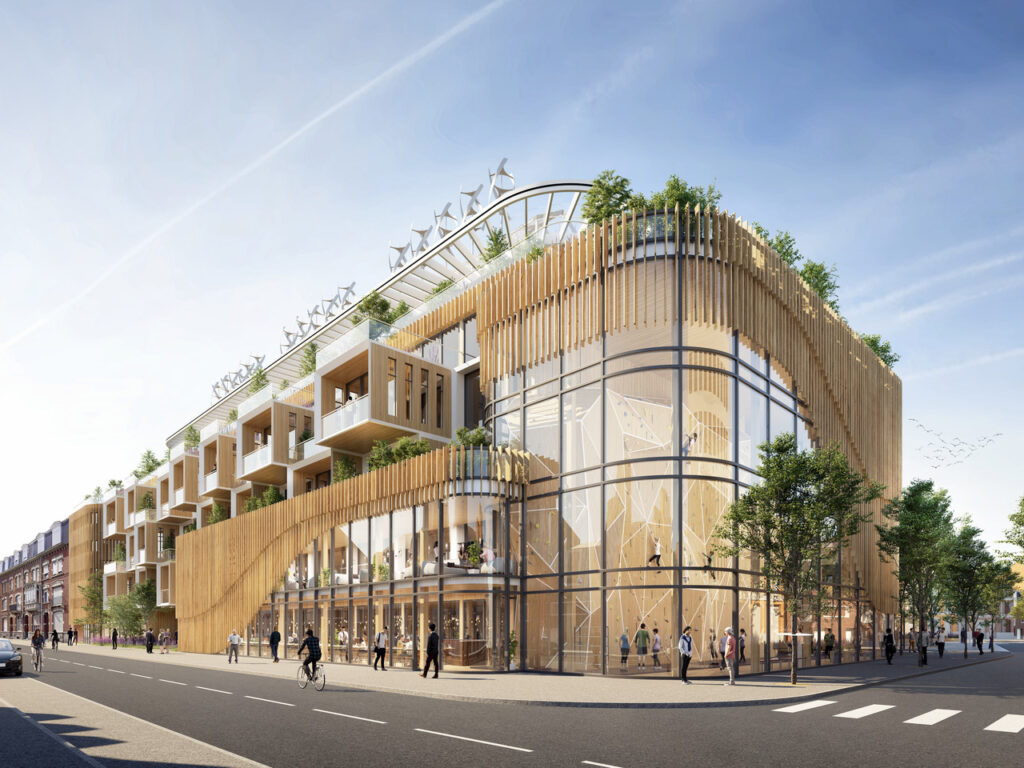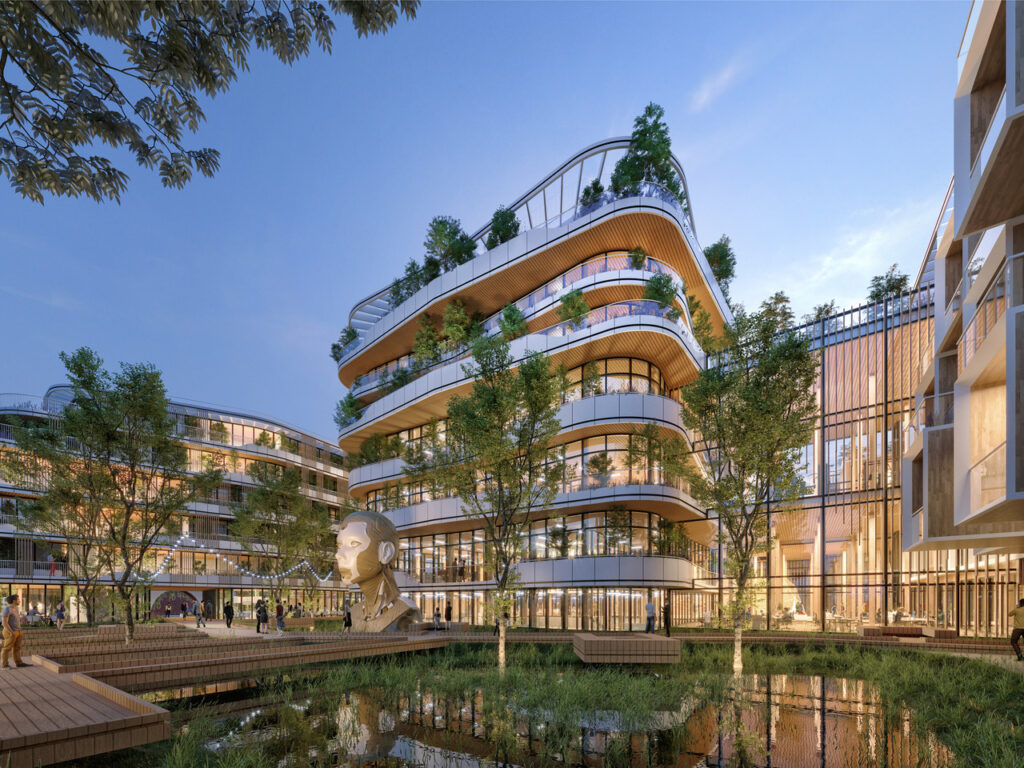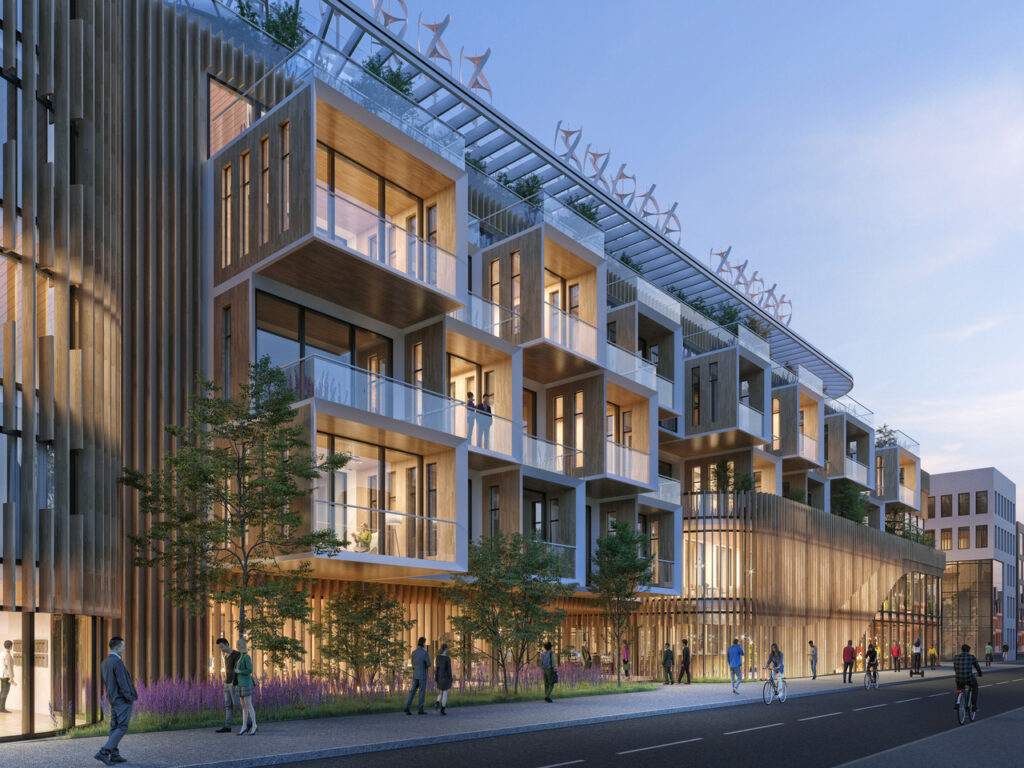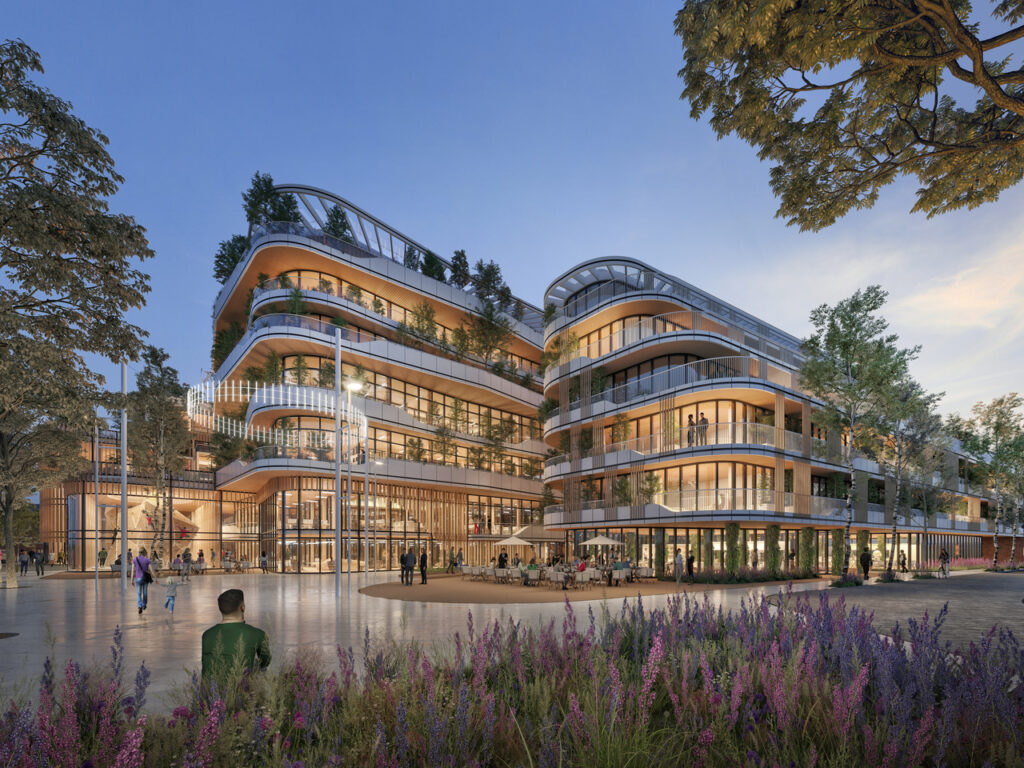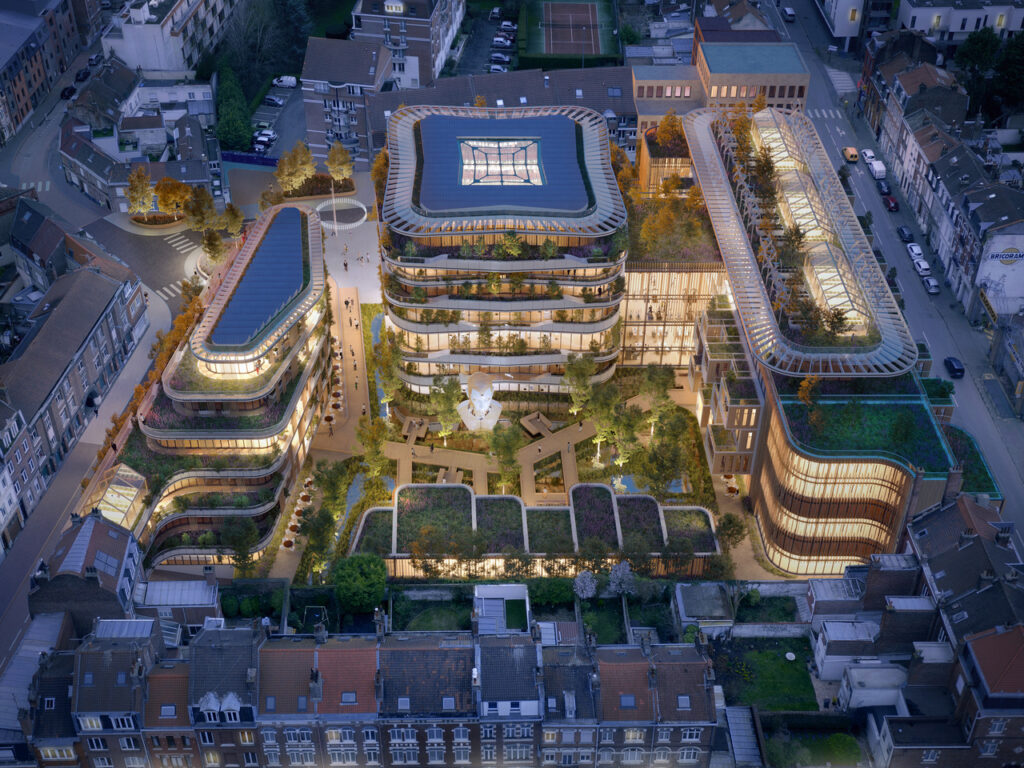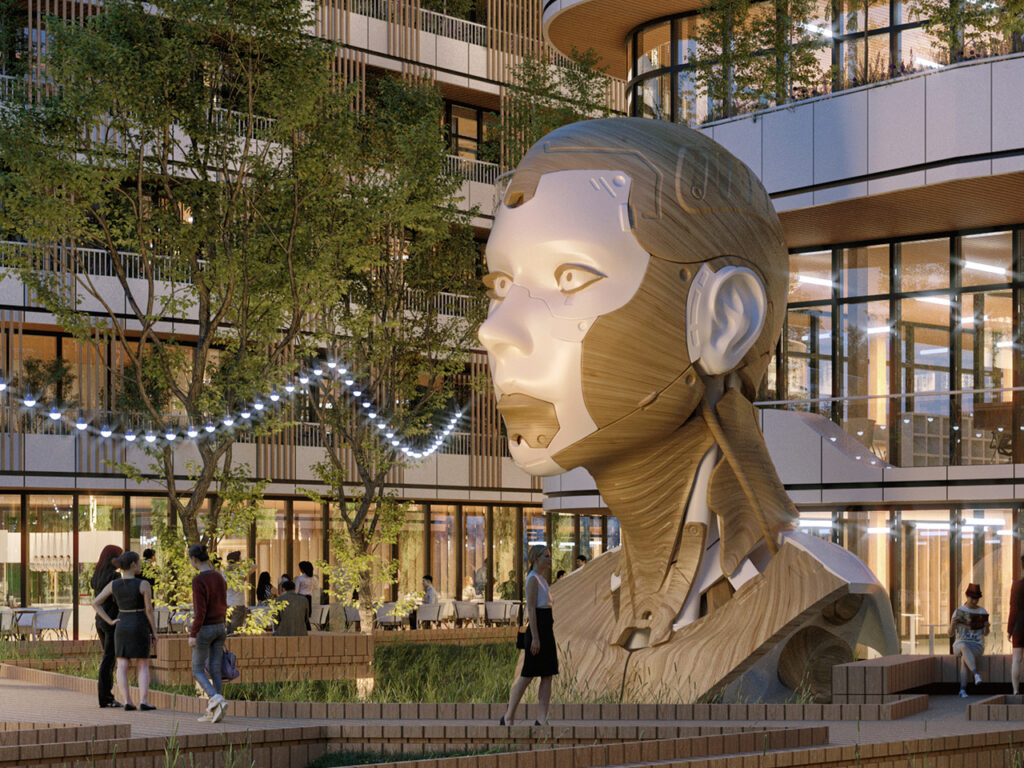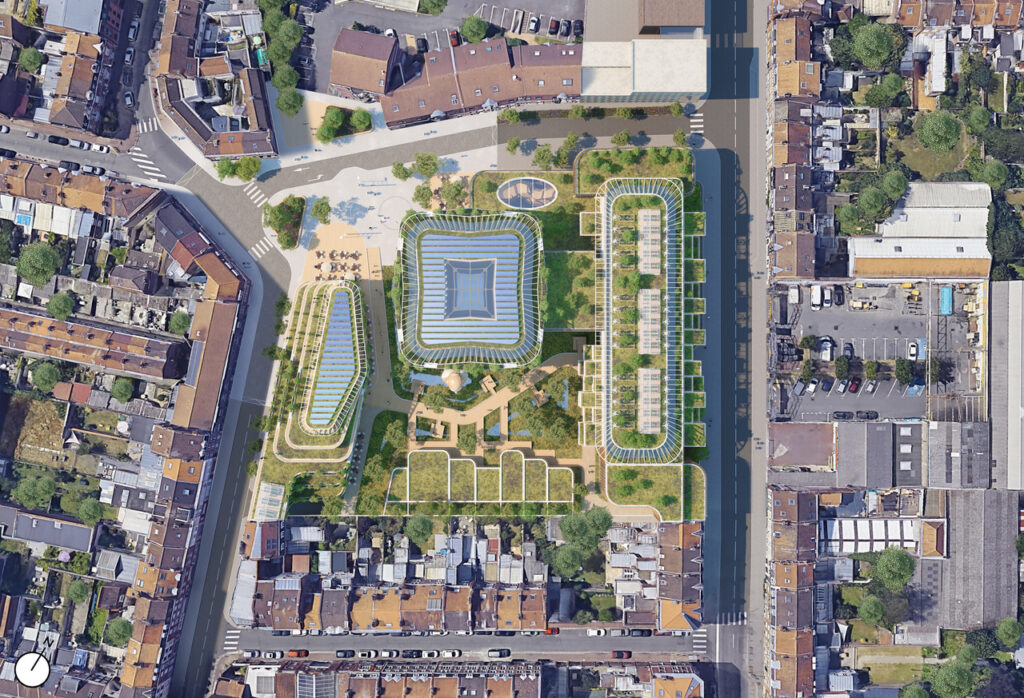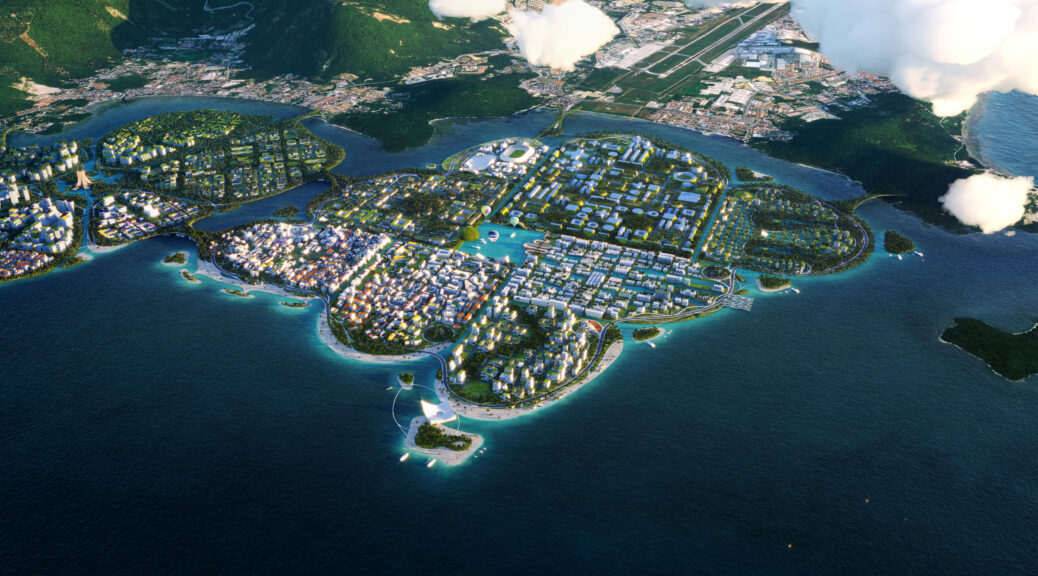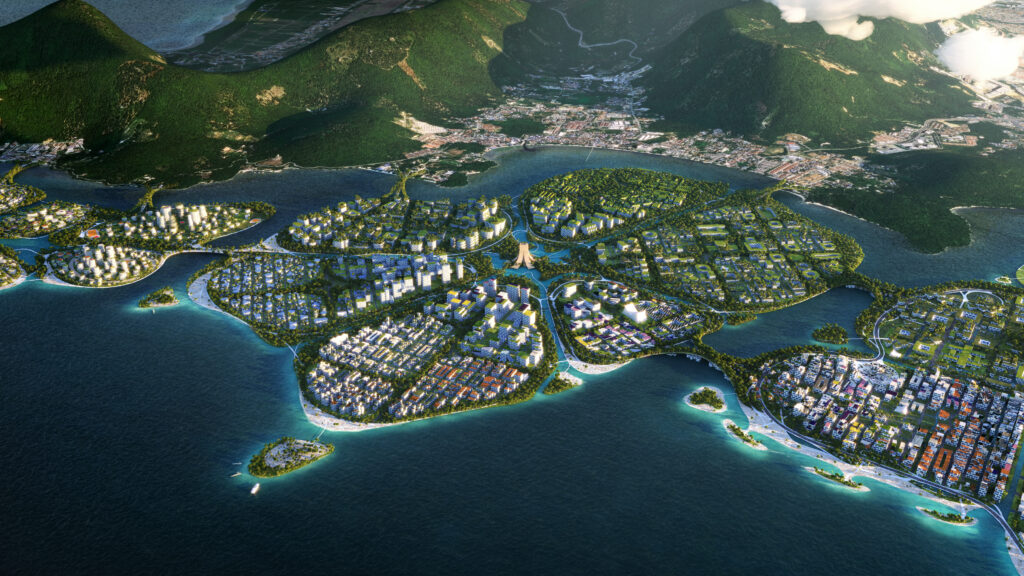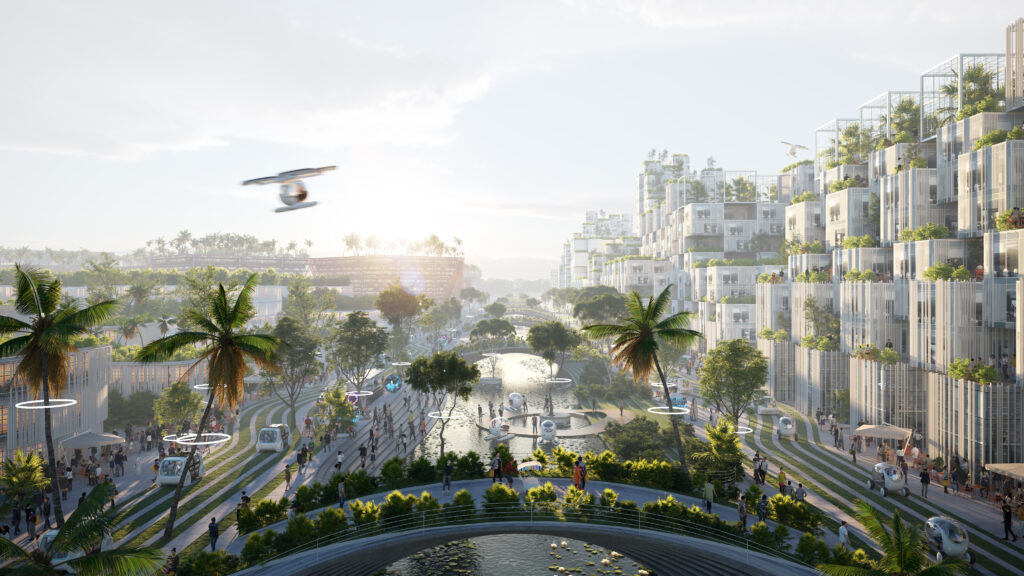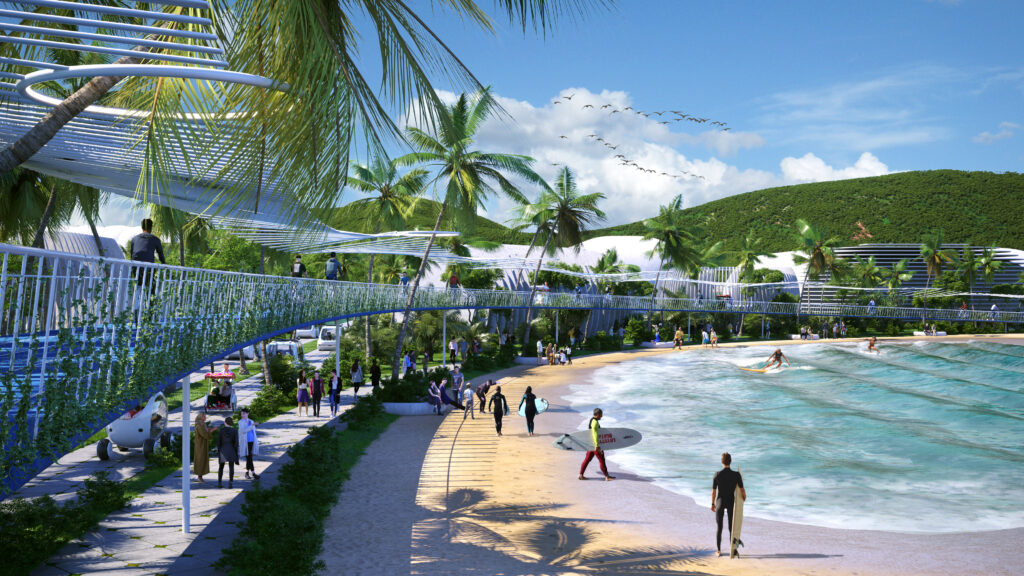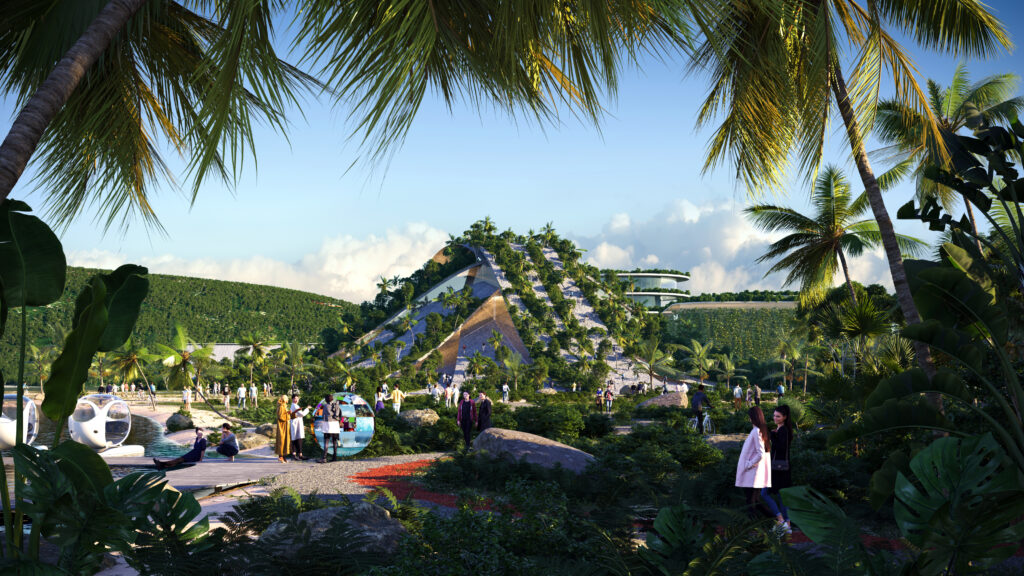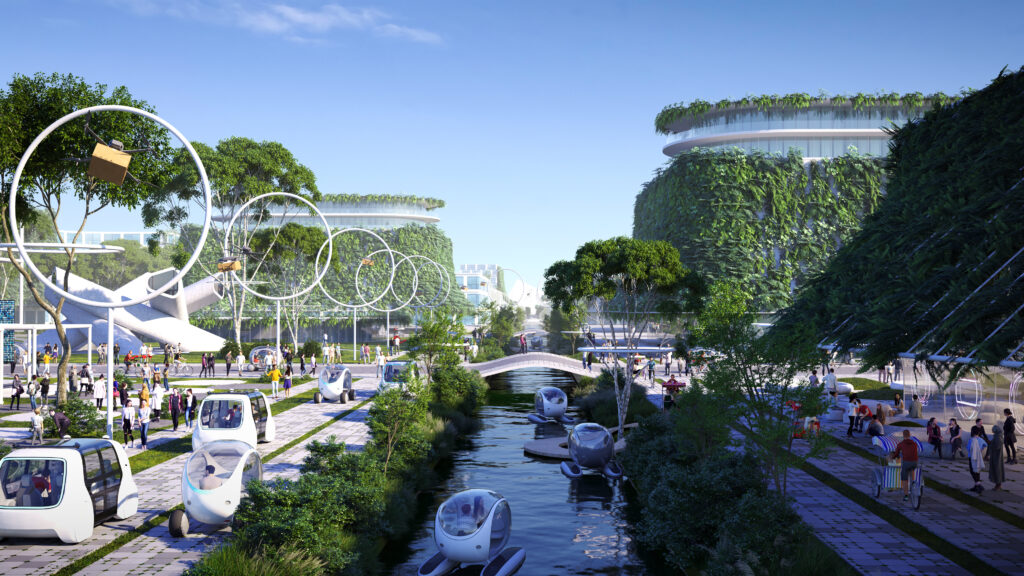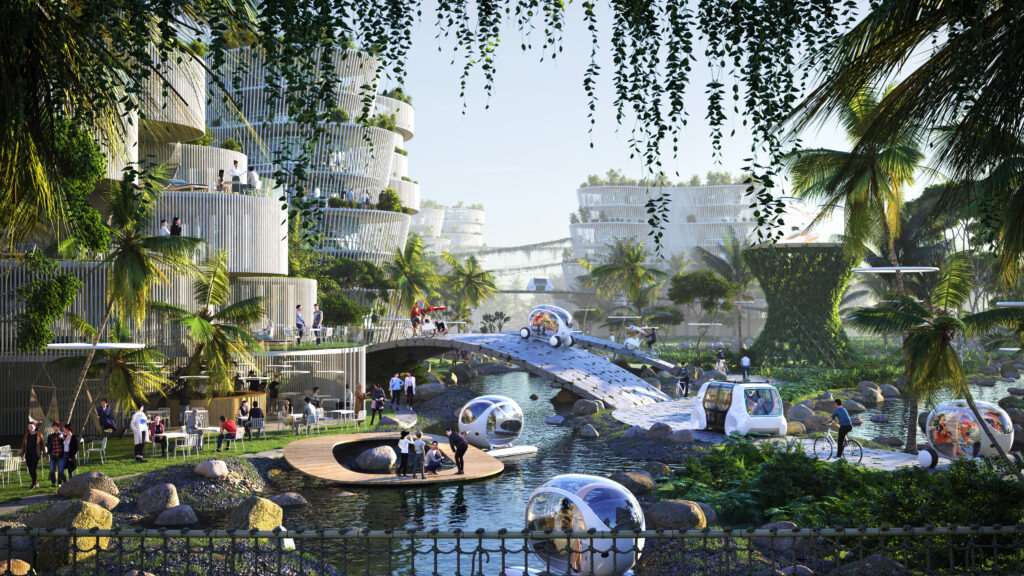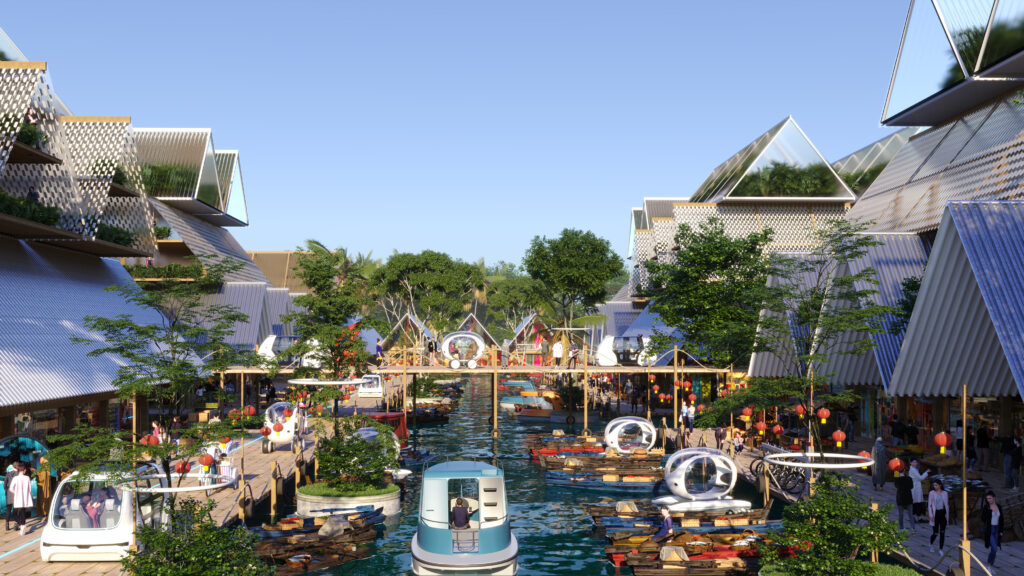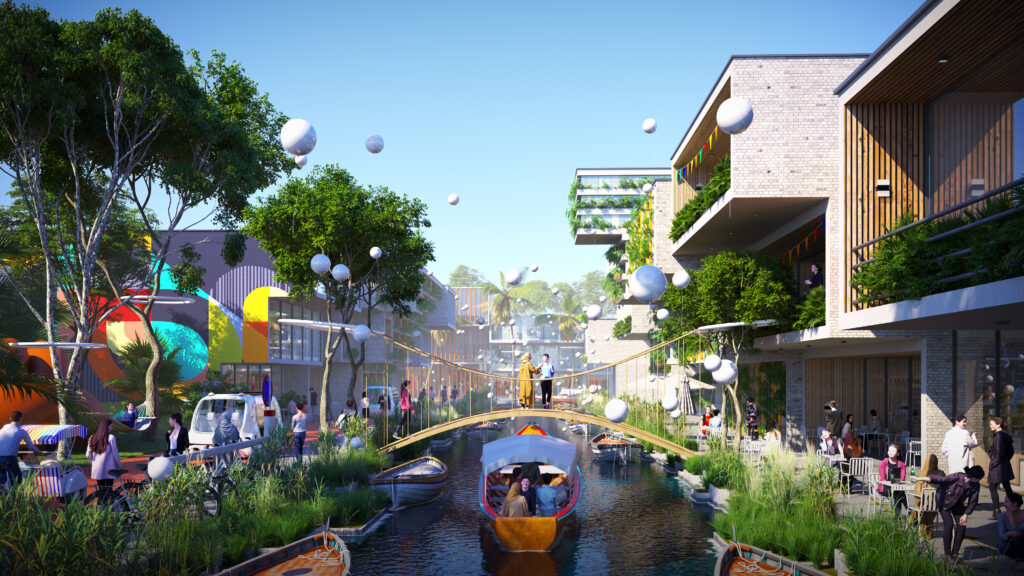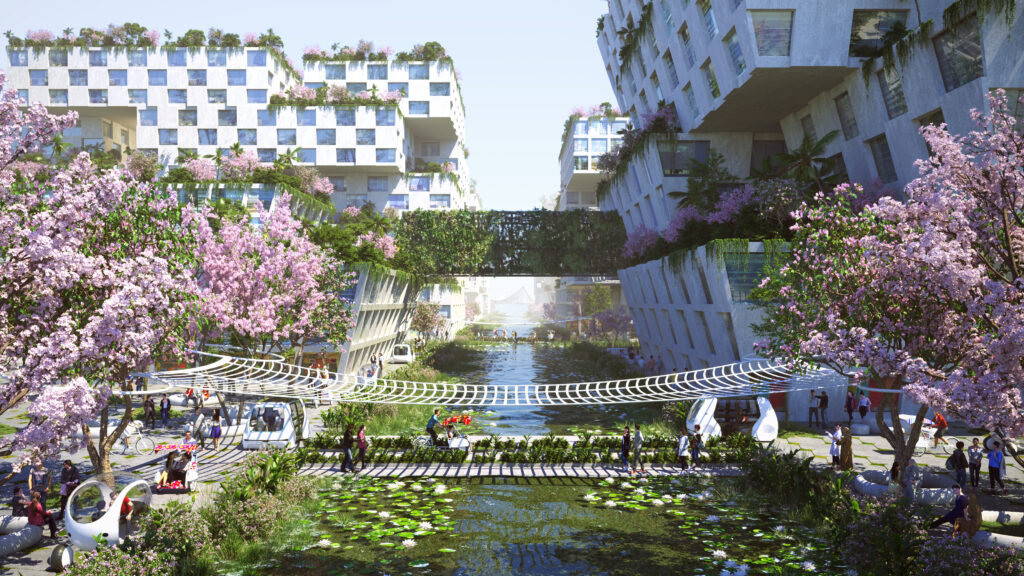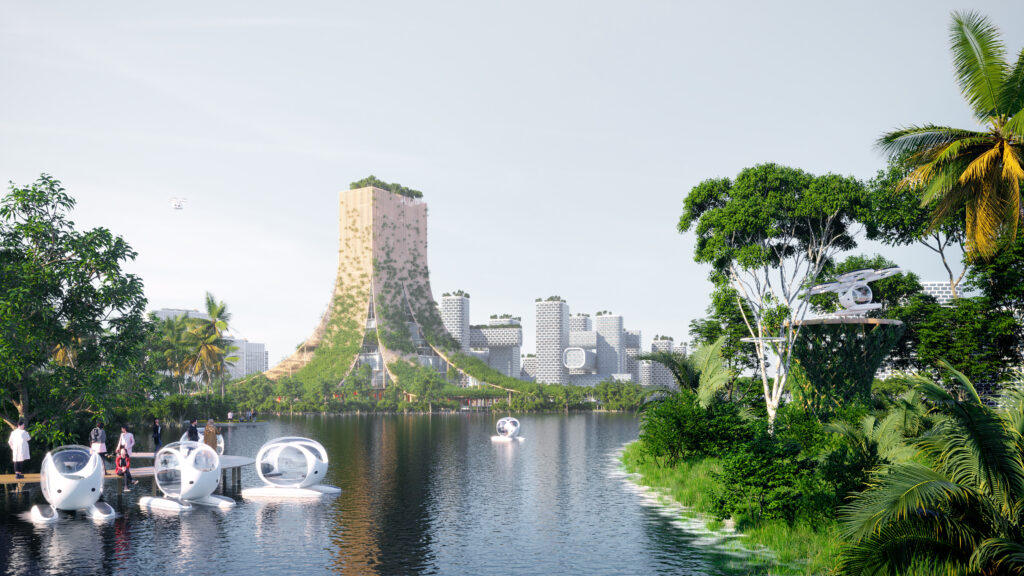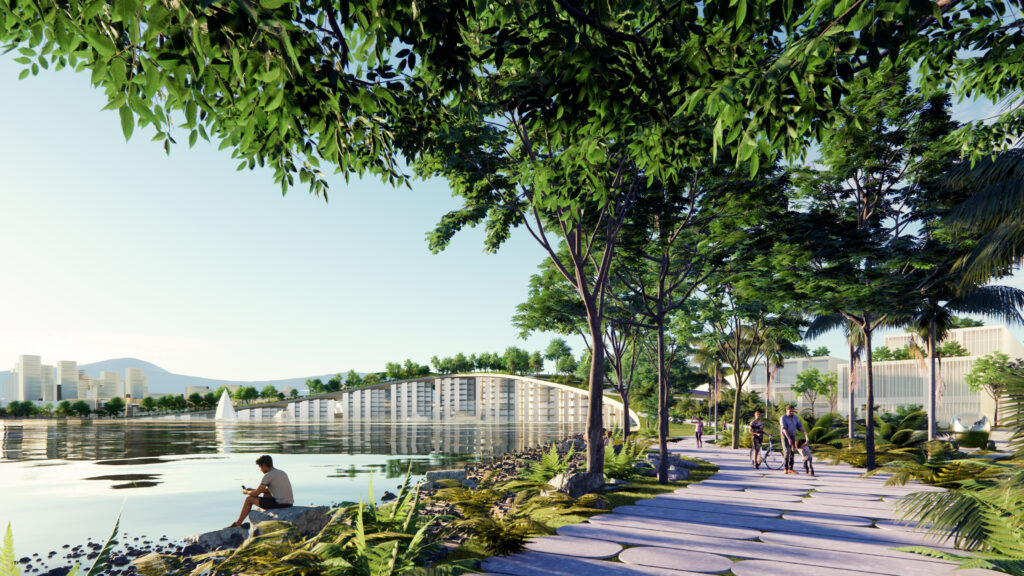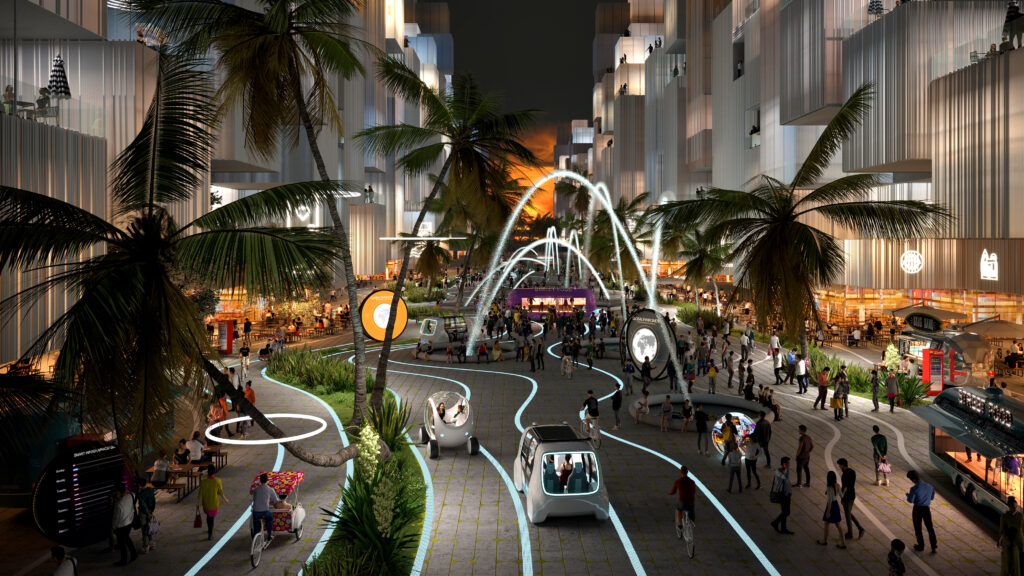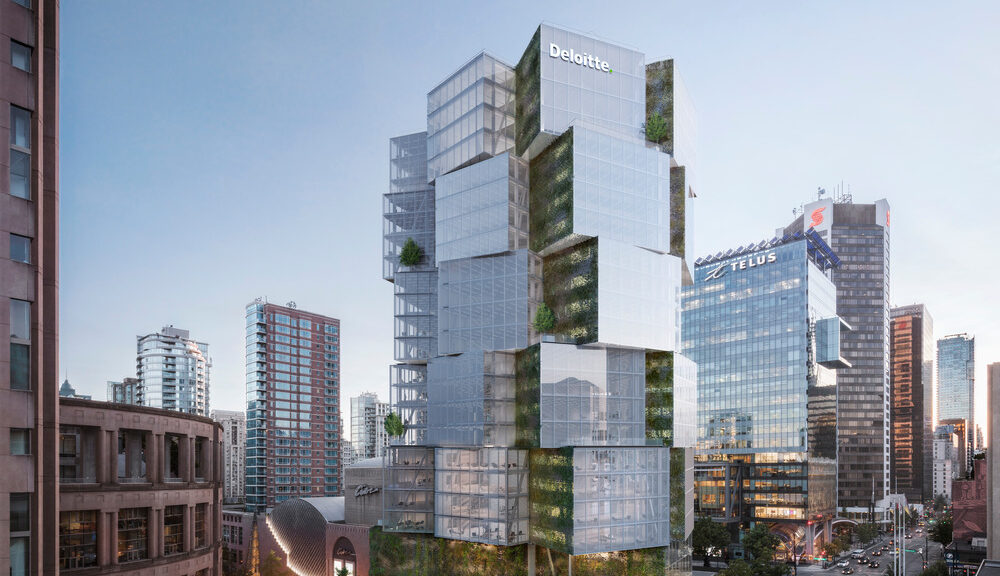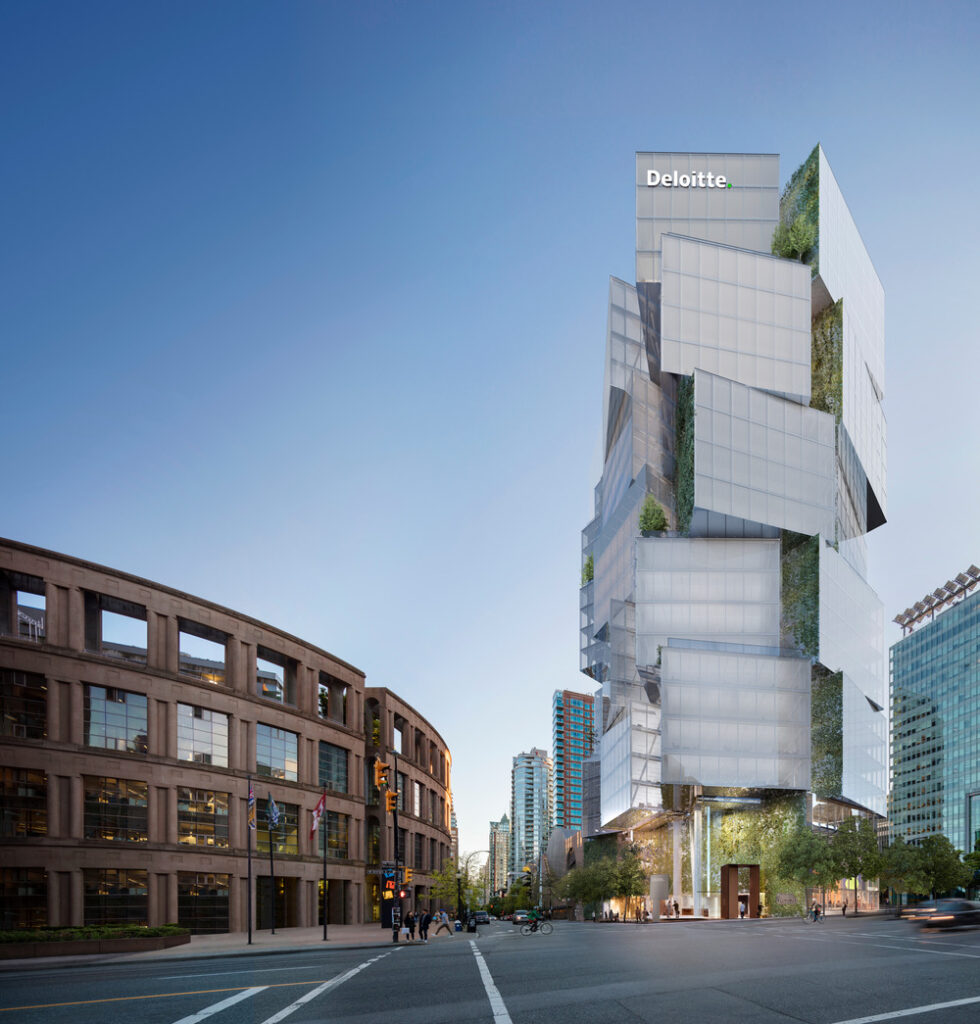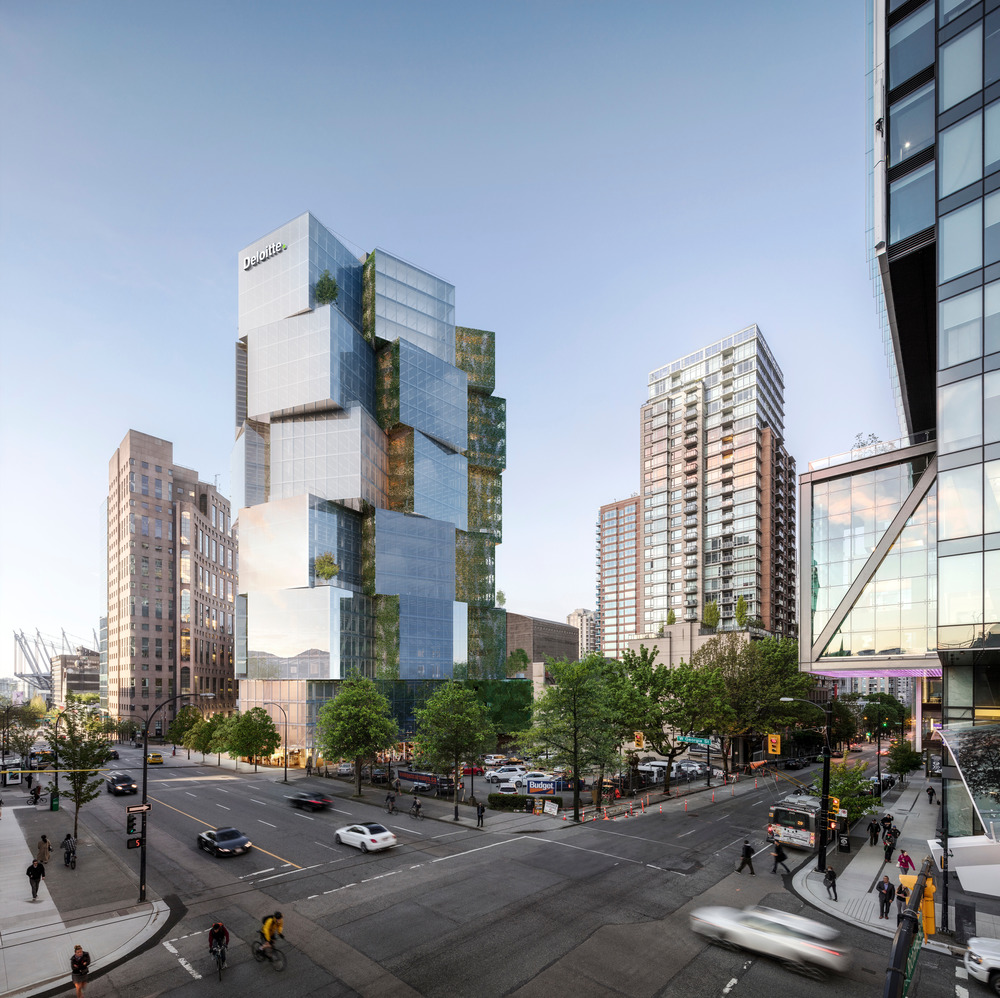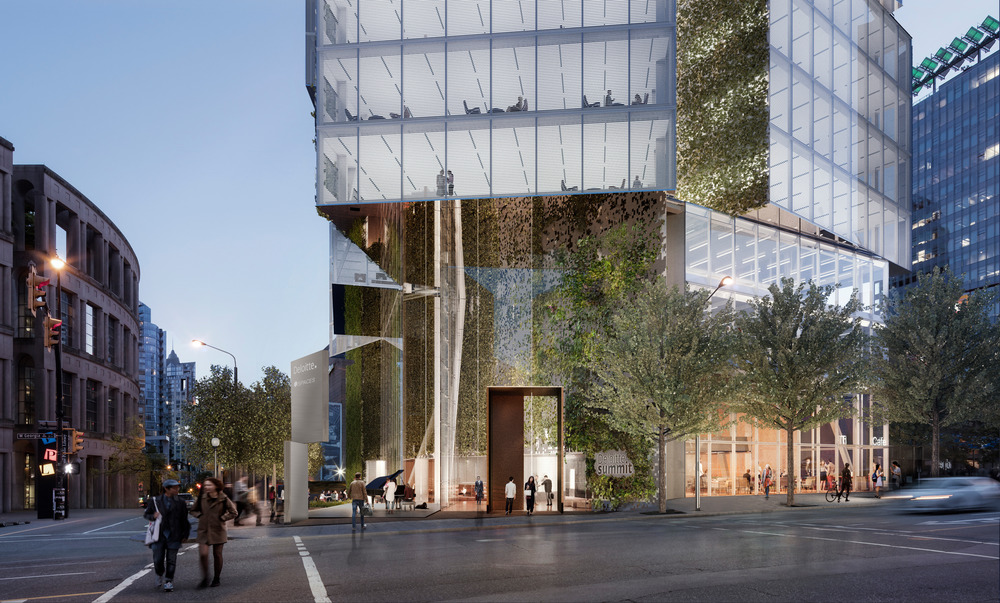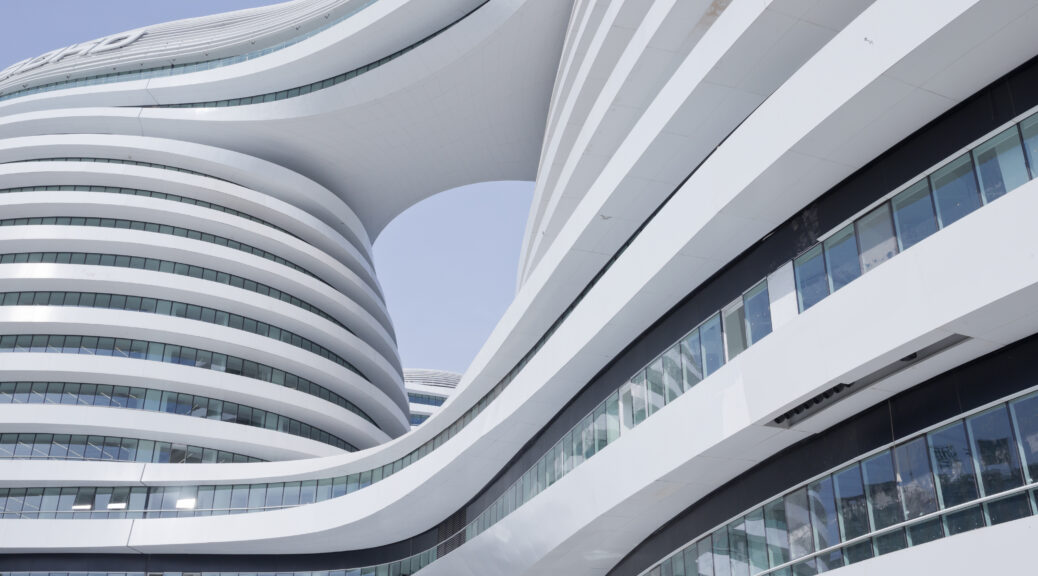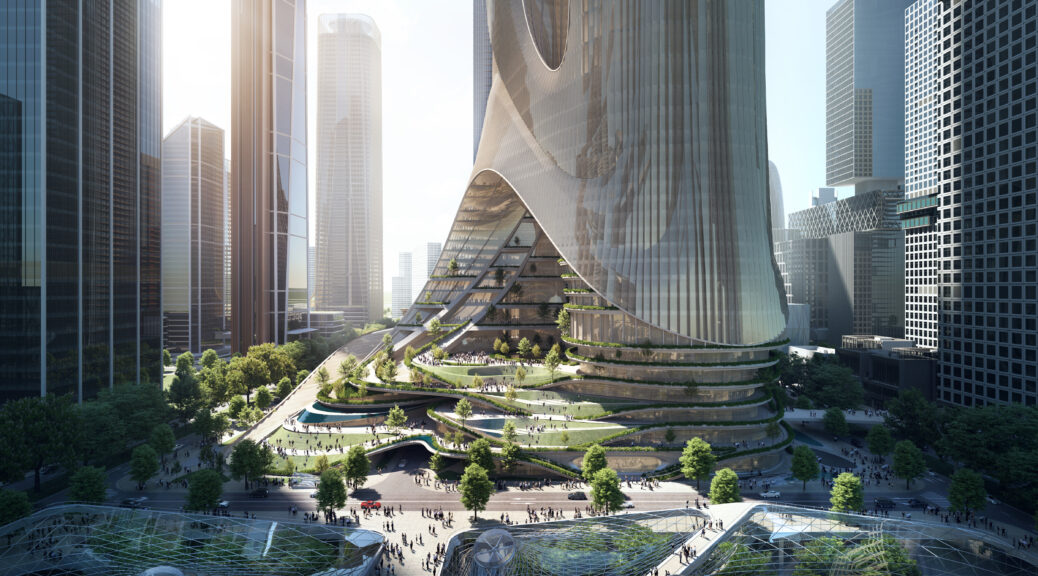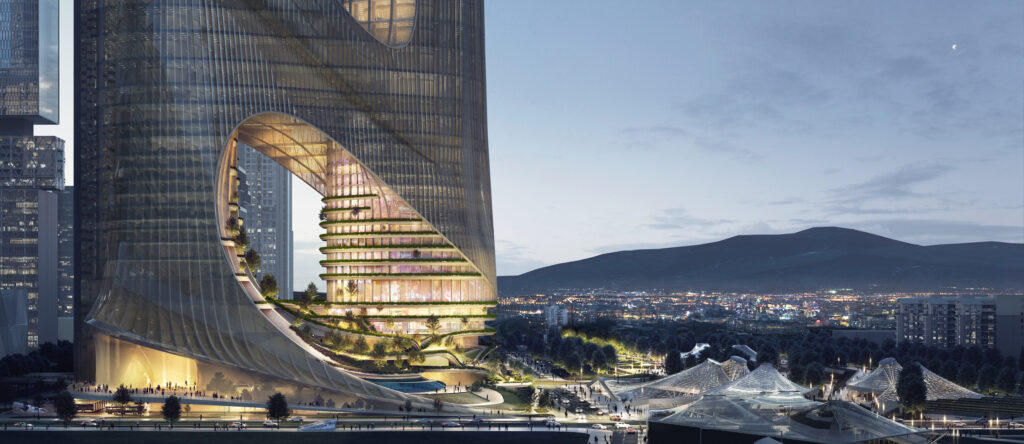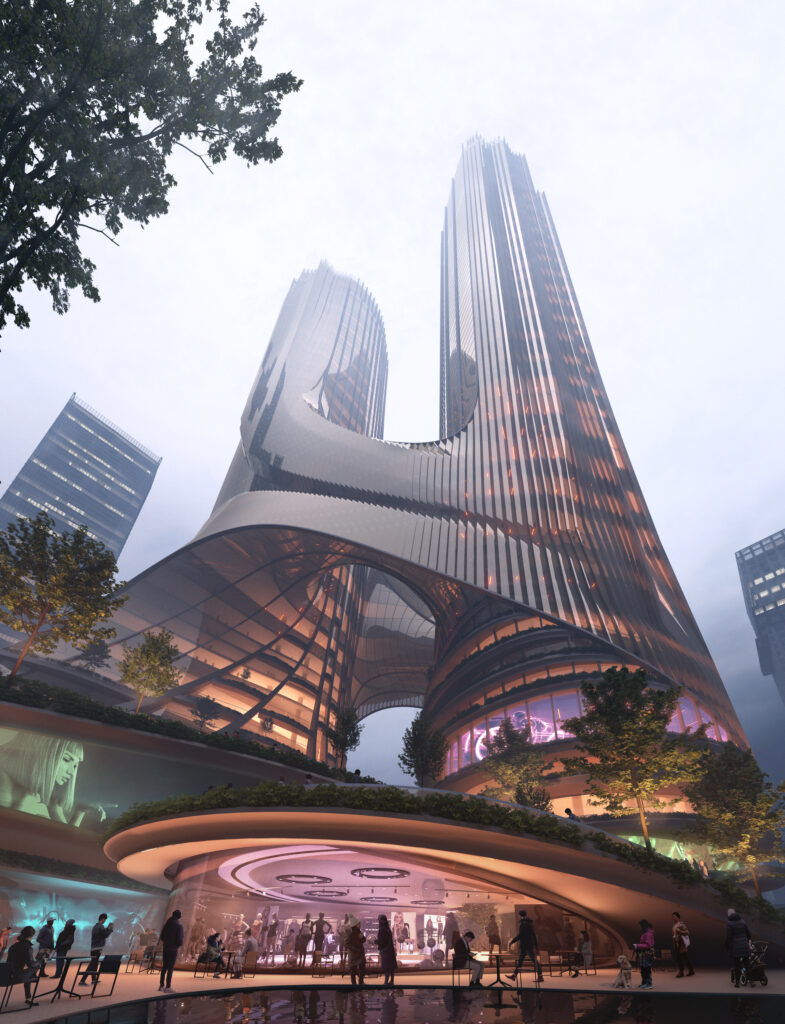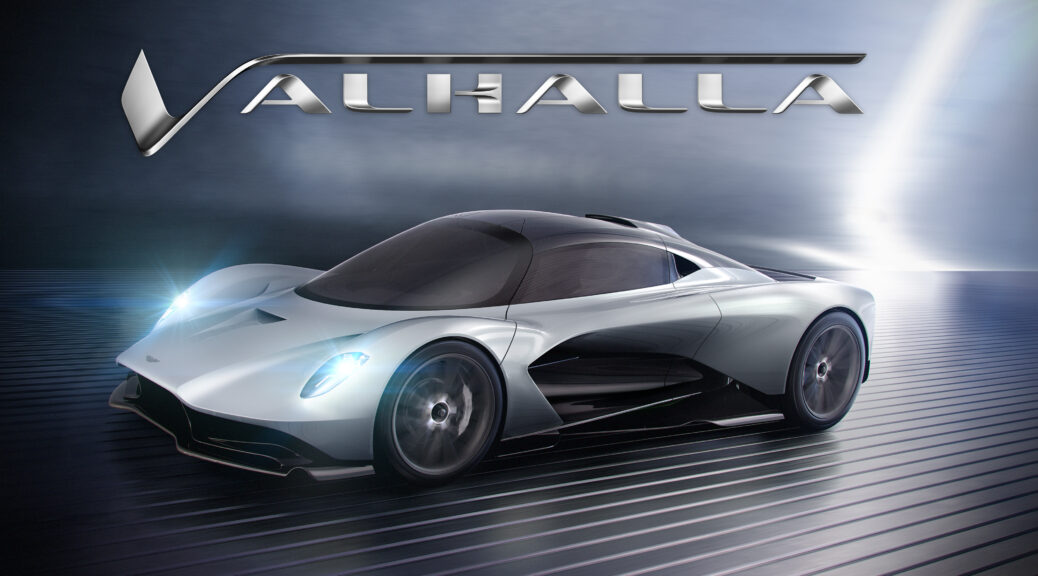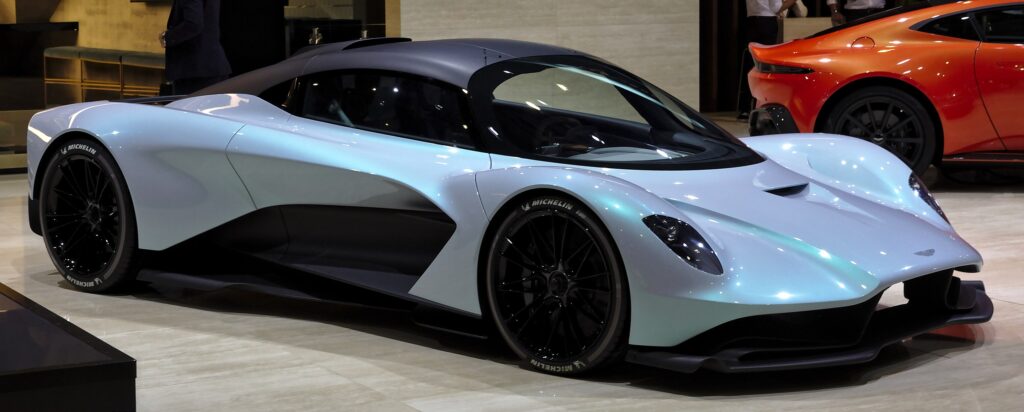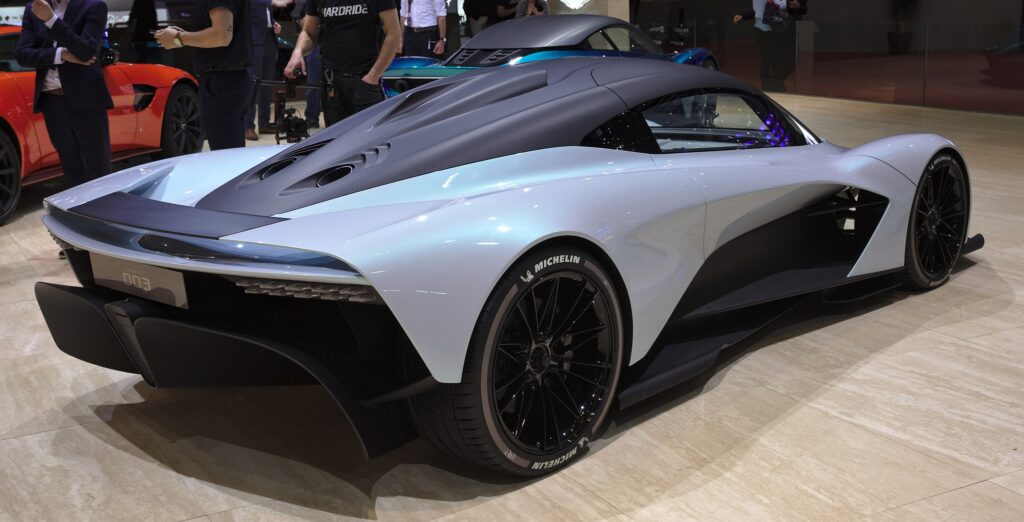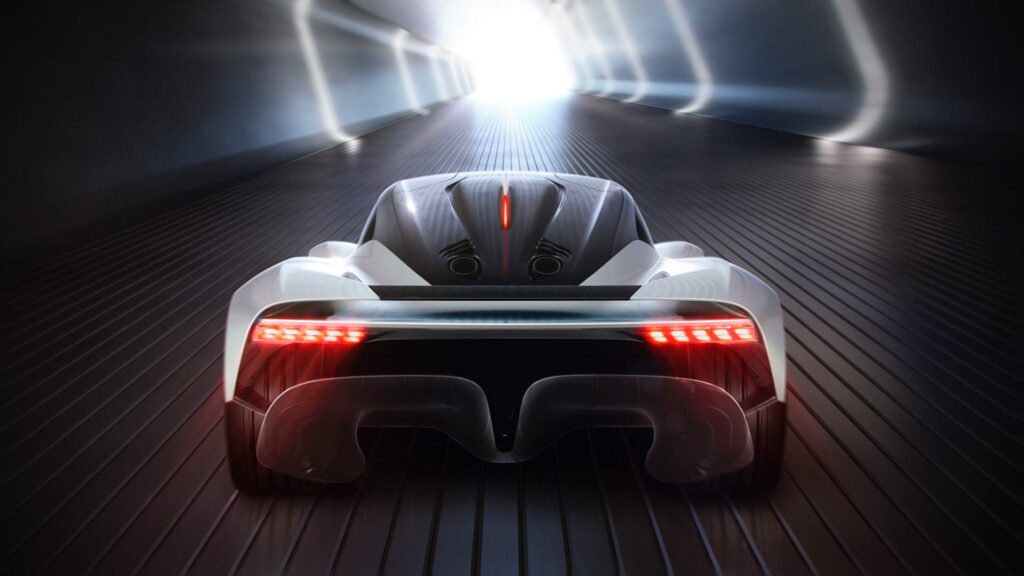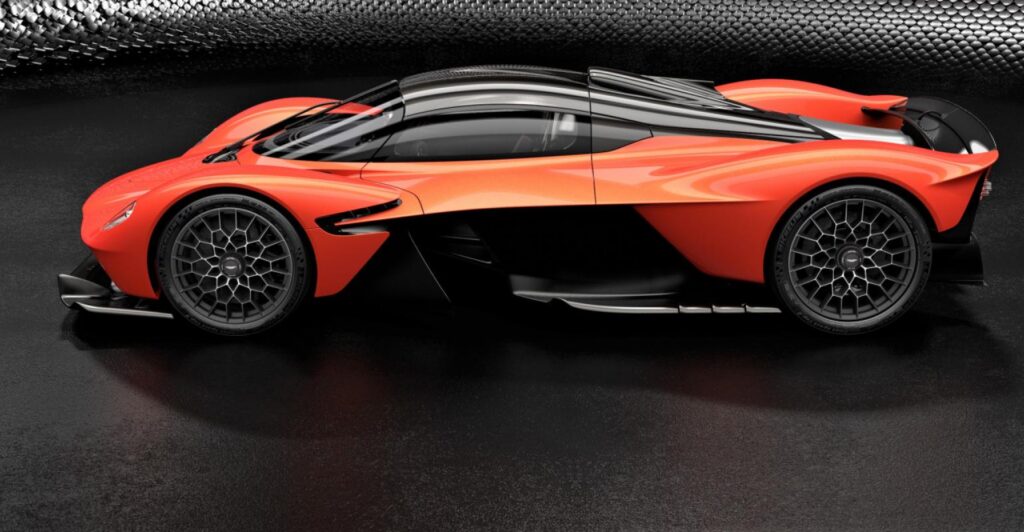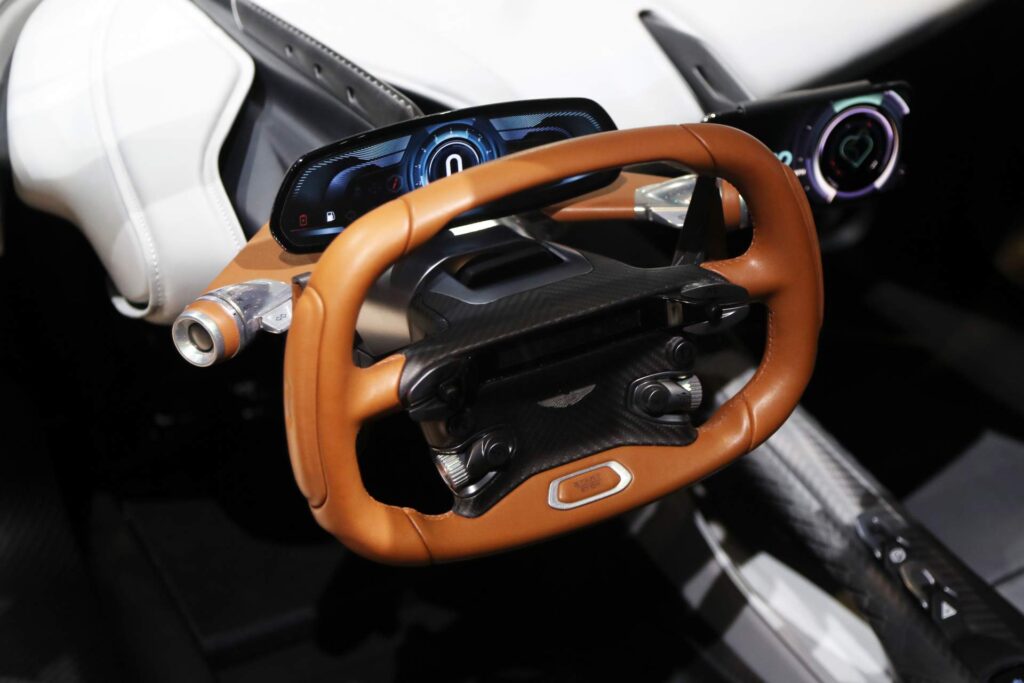by Sahil Shoor , Tristan Neill , Anne Lemay and Cristina Borbely
Gowling WLG
The nature of construction work makes physical distancing and other Infection Prevention and Control measures difficult to implement. This heightens the importance of vaccinations in preventing and containing COVID-19 on construction sites. Despite this, the complex contractual organization of construction projects, and the numerous players with overlapping health and safety obligations, human rights and freedoms, creates unique challenges for developing a vaccination strategy. It is increasingly clear that COVID-19, and COVID-19 vaccinations, will be with us for some time; careful forethought and planning for dealing with vaccinations is required at all stages of the construction process, from initial procurement, through contract drafting, to managing onsite construction.
The above factors raise numerous questions for participants in the construction industry, such as:
- Can employers require that their employees be vaccinated or to disclose their vaccination status?
- What influence can participants at higher rungs of the construction ladder, like owners, exert over participants at lower rungs, like contractors and sub-contractors?
- Can an owner require a contractor to only employ vaccinated employees and subcontractors?
- Can certain projects or construction sites be off-limits to non-vaccinated workers?
- Who will bear primary responsibility for dealing with vaccinations on a given project?
- What policies should be put in place regarding vaccinations?
- What steps can be taken if an employee or other industry participant refuses to get vaccinated or comply with vaccination policies?
What does the law say?
Existing case law has not dealt with these issues to any significant degree. However, there is some direction from across Canada with regard to mandatory vaccination, which is not without precedent. In Ontario and New Brunswick it is imposed by law in the public school setting with limited exceptions for certain medical and religious/reasons of conscience grounds. In the workplace, the issue has been frequently litigated in the healthcare setting, where unions have challenged mandatory vaccination policies or policies such as “vaccinate or mask” against seasonal influenza as infringing on the collective agreement. However, the case law is inconsistent. While “Vaccinate Or Mask” (“VOM”) Policies in healthcare settings were upheld in some cases,2 such policies were found to be unreasonable in others.3 Currently, there is no mandatory vaccination requirement for people working in health care, long-term care and retirement home settings in Ontario.
Based on the pre-COVID-19 case law on VOM policies, it is clear that much will depend on the leadership of provincial and territorial medical officers of health to mandate vaccination.
In response to the pandemic, the Ontario government has implemented a new form of unpaid, job-protected leave known as “Infectious Disease Emergency Leave” (“IDEL“), which is available to employees who will not be performing their duties for certain prescribed reasons. It is of note that the Ontario government has published commentary suggesting that employers may place employees on IDEL where the employees have not received the COVID-19 vaccine, and the employer is concerned that the employees may expose others in the workplace to COVID-19. This should not, however, be considered to be an endorsement of mandatory vaccination policies.
IDEL is currently set to expire on July 3, 2021, unless further extended. It is currently unclear whether the vaccine will be widely available in Ontario prior to July 3, 2021. Therefore, it is unlikely that employers can justify imposing a mandatory vaccination policy and placing unvaccinated employees on IDEL while the vaccine remains largely unavailable to the general public.
In all cases, employers have a duty to take all reasonable precautions to protect the health and safety of workers pursuant to occupational health and safety legislation. A mandatory vaccination policy would be adopted pursuant to these obligations. During the COVID-19 pandemic in Ontario, employers have been required to develop a COVID-19 safety plan and to implement active screening of employees for COVID-19. Whether employers will be required to additionally screen employees based on immunization remains unclear.
Can An Employer Implement a Mandatory Vaccination Policy?
At this time, as there is no scientific evidence that COVID-19 transmission is reduced following vaccination, mandatory vaccination policies may be difficult to justify. Employers will also need to consider whether less intrusive measures (such as hand-washing, mask-wearing and daily screenings or incentive vaccination policies) are sufficient to promote the health and safety of workers and of the workplace without imposing mandatory vaccination.
Employees have a right to be free from discrimination and employers have a duty to accommodate employees to the point of undue hardship under human rights legislation. Any vaccination policy will need to be flexible enough to accommodate those employees who are unable to be vaccinated, be it for a medical or religious reason. Further, in Canada, refusing to be vaccinated is unlikely to be upheld as cause for termination of an employee’s employment, such that employers could be liable for wrongful dismissal damages for employees who refuse to be vaccinated.
In unionized settings, employers will need to meet the added requirement that any policies instituted be reasonable and consistent with the collective agreement.
Absent public health guidance or directives, employers will be required to conduct individual case-by-case analyses to ensure that all risks and factors have been considered before mandating vaccination for employees.
Takeaways
This analysis suggests a number of key takeaway points for the construction industry:
- Primary responsibility for construction project health and safety rests with the “constructor,” and is often contractually assigned to the prime contractor. These responsibilities include compliance with the Occupational Health and Safety Act, its regulations, and any other applicable safety policies, including the duty to take all precautions reasonable to protect the health and safety of workers.
- What is reasonable will depend on the nature of the work at each project site, and on the ever-changing medical evidence relating to COVID-19 and vaccine efficacy. Different levels of risk (of COVID-19 transmission) may justify different policies.
- Some employees will have legitimate human rights grounds for refusing to get the vaccine. Others will simply refuse to do so.
- Vaccination policies must be reasonable given the circumstances, and should include exceptions, accommodations, and alternative measures for employees who are unable to get the vaccine on the basis of a protected grounds. A “one-size-fits-all” approach will carry risks.
- Workplaces with high risk of Covid-19 transmission may be afforded greater flexibility in dealing with mandatory vaccination policies.
- Accommodation may include deploying non-vaccinated employees to worksites with lower risks of transmission, and continuing with masking and physical distancing policies for these workers.
It appears increasingly likely that COVID-19 will be circulating in the community for at least the mid-term, and that careful planning is required to transition to the COVID-19 vaccination era.
Gowling WLG’s construction and employment law teams are available to provide advice on developing a comprehensive strategy for managing COVID-19 and COVID-19 vaccinations.








